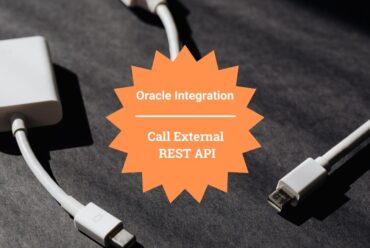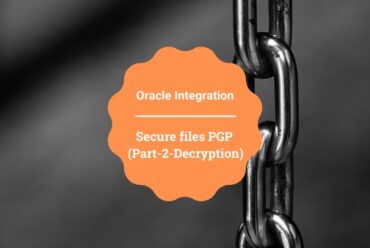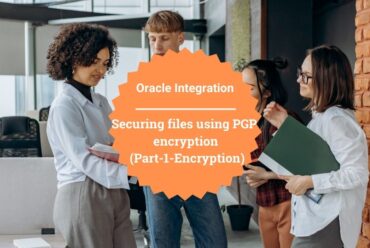Oracle Integration Cloud Service Integrations
Integrations are the main ingredient of Oracle Integration Cloud Service. An integration includes at the least a trigger (source) connection (for requests sent to Oracle Integration Cloud Service) and invoke (target) connection (for requests sent from Oracle Integration Cloud Service to the target) and the field mapping between those two connections.
When we create the integrations, we build on the connections we have already created by defining how to process the data for the trigger (source) and invoke (target) connections.
Once our trigger (source) and invoke (target) connections are configured, the mappers between the two are enabled so we can define how the information is transferred between the trigger (source) and invoke (target) data structures for both the request and response messages.
Types of Integration
ICS allows us to create four types of integration. Here is the list of supported types of integration:
1) Basic Map Data: Such type of integration is very simple and allows us to flow data between two systems with the ability to add one additional enrichment call during request and response. For example, if you want send data from system A to B where the transformation is very straightforward then such type of integration would be very useful.
| Basic Map Data |
2) Orchestration: This type of integration allows us to create more complicated flows i.e invoking call to multiple systems, aggregating data and making some if/else flows decision based on the data we receive. Like Oracle Service Bus, these integrations are stateless.
This pattern allows us the following activities:
- Assign
- Map
- Callback
- Stop
- Switch
- Notification
- For loop
- While loop
Combining these allows us to create more complicated integrations.
3) Basic Publish To ICS: This is very fairly straightforward integration. It is like we are sending data in JMS queue.
4) Basic Subscribe To ICS: This is very fairly straightforward integration. It is like we are reading data from JMS queue.




Can you demonstrate one simple For loop in next blog.
Hi Mdfazle,
Please see below post in which we have demonstrated the for each loop:
https://ankurjain26.blogspot.in/2017/10/read-large-csv-file-in-integration.html
Regards,
Ankur
I am extremely impressed with your writing skills and also with the layout on your weblog. Is this a paid theme or did you customize it yourself? Anyway keep up the nice quality writing, it’s rare to see a great blog like this one these days..
open afp file
can you please show –
In a for loop , how to transfer control to the next iteration of for loop, if the current iteration fails due to some reason.
To be more exact: If my current iteration of for loop faces some error i don't want the process to end. I want to skip the current iteration and continue with the next one.
Please guide.
creativity of writer is purely impressive. It has touched to the level of expertise with his writing. Everything is up to the mark. Written perfectly and I can use such information for my coming assignment. eigen bedrijf starten opleiding
Thankyou for sharingerp software companies